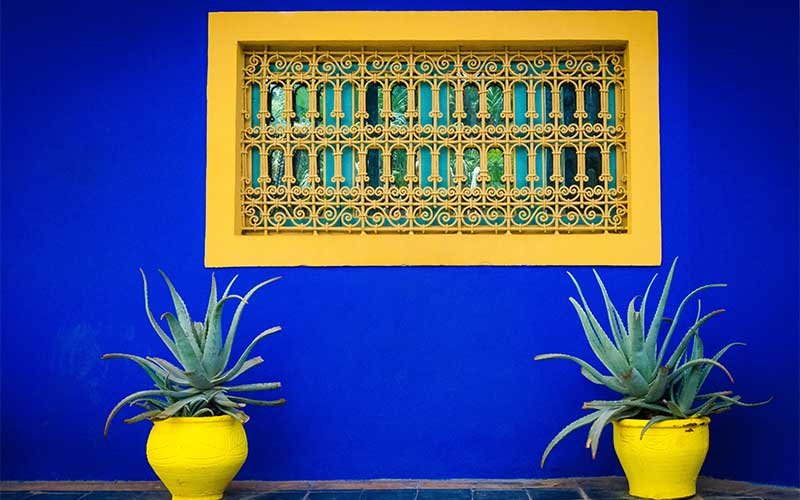Contents
The Climbing Aloe can be differentiated from other species of Aloiampelos by its appearance. The soft, white hair-like teeth that grow along the margins of the leaves of the Climbing Aloe extend to the stem. It has lime green fleshy leaves that are distinctly recurved. The leaf sheaths or the structure at the base of the leaf petiole that surrounds and protects the stem, are prominently striped green and white.
A unique characteristic of the Climbing Aloe is that it grows pretty rapidly, and it’s almost impossible to kill. The roots are fleshy and swallow. The long and untidy stems shoot upwards and produce large, deep orange hanging flowers that look like tubes and are angled downwards. The Climbing Aloe blooms almost throughout the year, but mostly during spring. The fruits that the flowers produce are about 18mm long and in what looks like oblong capsules.
Aloiampelos ciliaris ‘Climbing Aloe” Care
Indoor Lighting Requirements
When growing your Climbing Aloe indoors, place it in a bright location. It grows best in filtered sun or partial shade, so it will thrive if you put it beside a window that faces the east. A window that faces the south or the west will also give it the bright light it requires. Poor lighting and overwatering can cause your plant to die early. Move your succulent around your house to find the best location that will provide its lighting needs.
If your Climbing Aloe is located in an area that doesn’t get sufficient light throughout the year, don’t worry! You can still make it grow by using artificial light or a grow light. Grow lights can supply your Climbing Aloe’s lighting requirements, and can be especially useful during the winter months. We recommend that you use this LED grow light because it will speed up the growth of your succulent plant. It is suitable for use inside your home and even in the office.
Outdoor Lighting Requirements

Before you move the plant outdoors or increase the level of sunlight it receives, we suggest that you acclimatize it first to prevent sun damage or sunburn. Gradually increase the amount of sunlight it gets until it becomes fully acclimatized to the sun. It’s important to note that even your Climbing Aloe is already acclimatized to full sun, it can still suffer from sun damage or sunburn, especially when there is a heatwave or during intense heat. So, make sure to protect your Climbing Aloe, especially the smaller ones, because they are less tolerant of the weather.
To ensure that your Climbing Aloes are protected adequately from intense heat, consider using shade cloths. Shade cloths can efficiently preserve your plants, especially the young ones, from direct sunlight. This UV resistant sun mesh shade can block intense sunlight and heat while still allowing air to flow through, creating a cool, shaded area for your succulents.
Cold Hardiness
The Climbing Aloe is a soft succulent, meaning it will not survive a hard frost. However, it can tolerate a mild frost and freezing temperatures as long as they are not exposed to the condition for too long. If you live in USA Zone Hardiness Zone 9a to 11b, you can leave your Climbing Aloe outdoors.
If you live in an area where the cold months are long and dark, it’s best to grow your Climbing Aloe in a container so you can bring it indoors when there is a snow forecast or when the temperature drops to below 30F. If there is no way for you to bring your Climbing Aloe indoors when the temperature is freezing outdoors, there is still a way for you to help your plant live through the cold months.
You can use frost cloth or a mini greenhouse to protect your plants from the harsh temperature. A mini greenhouse can help shield your succulent from the chill of spring and fall. This portable pop-up greenhouse is relatively easy and quick to install. It can be put up in seconds and is excellent for use both indoors and outdoors.

Soil Requirements
The right soil mix contains 50% to 70% mineral grit and is composed of coarse sand, pumice, or perlite. It is also essential to plant your Climbing Aloe in a container with well-draining holes, so your plant doesn’t sit on wet soil too long.
Watering Requirements
There is no recommended fixed schedule in watering a Climbing Aloe. A general rule in watering all succulents is to water them until water comes out from the drainage holes, and the wait for their soil to be fully dry before watering them again.
If you live somewhere humid, you won’t need to water your succulent as much. It goes the same when you’re growing your Climbing Aloe indoors, especially if they’re not getting a lot of light. Adjust your watering techniques according to the light that your Climbing Aloe receives.
Propagation
Leaf propagation is not possible for Climbing Aloe. You can propagate it through seeds or stem cuttings. If you’re looking to grow this succulent, you can buy it here.
The Climbing Aloe is an excellent choice for succulent growers who do not have much experience with gardening or those who want to have a low-maintenance garden. They are not complicated to grow, and they don’t die quickly. Make sure to check out all our product recommendations that can aid you in caring for your Climbing Aloe. If you have any tips for growing and caring for Climbing Aloe, please let us know in the comments box below!
Grow Light, Ankace Upgraded Version 40W Dual Head Timing 36 LED 5 Dimmable Levels Plant Grow Lights
Sun Mesh Shade Sunblock Shade UV Resistant Net
- Approximately 40-55% shade rate and can be used for flower,vegetable and fruit.
- It will have no affect for photosynthesis and is more suitable for blocking the sunlight and heat while air can still flow through.






